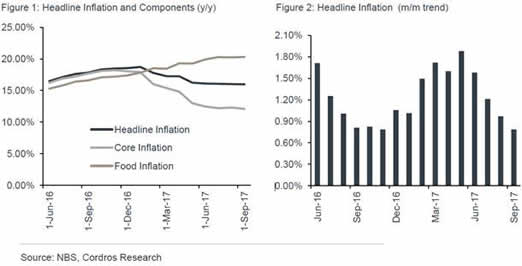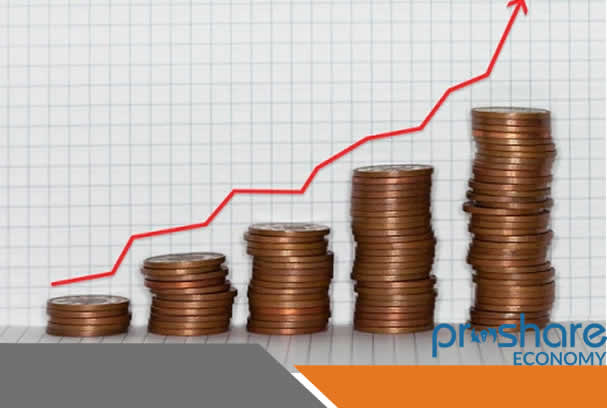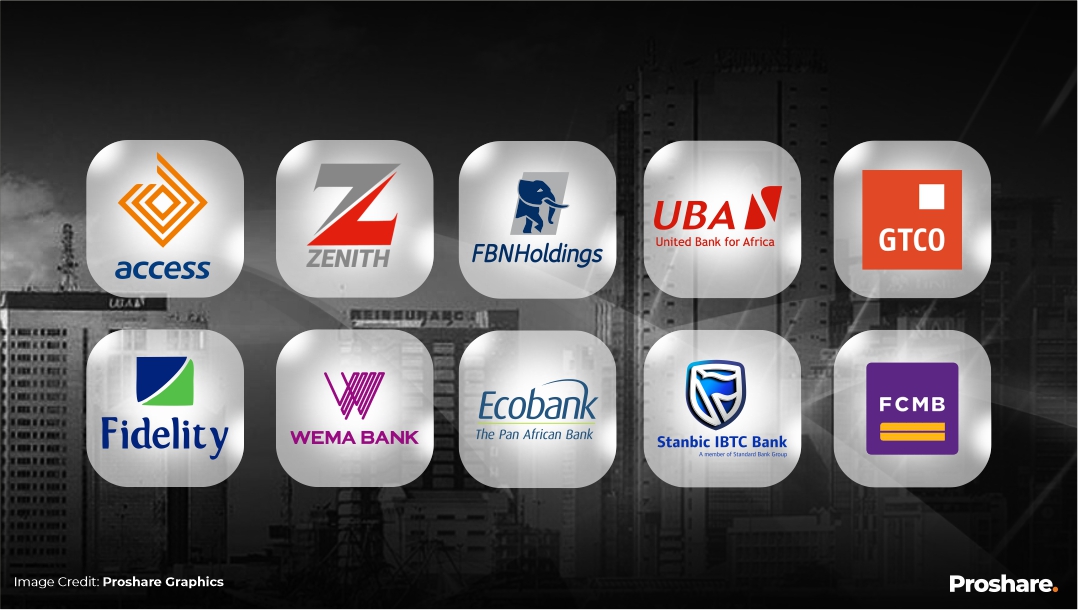Tuesday, October 17, 2017 4:18 PM /Cordros Capital
Headline Inflation Rate at 15.98% in September
Nigeria’s September headline inflation ratesurprised slightly, beating our estimate by 22 bps. The National Bureau ofStatistics (NBS) reported that the Consumer Price Index moderated for theeighth consecutive month to 15.98% y/y in September, a 3 bps soft touch belowAugust’s 16.01%, and just 2 bps lower than Bloomberg-compiled median estimateof 16.00%.
It is safe to conclude (from the data) that thewidely expected base effect driven moderation surrounding outlook for consumerprices at the beginning of the year has fully petered out. To be lucid, theheadline index has moderated only 27 bps since dropping to 16.25% in May,compared to the considerable 130 bps posted between end-2016 and April this year.
Still positive, however, is the sustainedmonth-on-month deceleration in the rate of increases in general price levels,for the fourth successive month, specifically at 0.78% (last recorded inNovember 2016), 19 bps lower than the 0.97% recorded in August. Noteworthy, m/minflation rate, on average in Q3-17 (0.99%), was 3 bps lower than the averagerate reported in the same period of 2016. 
Useful insights can be drawn from the MPC’sconsiderations in its last meeting, wherein the decision to maintain status quowas supported by the need to achieve more clarity in the evolution of keymacroeconomic indicators including budget implementation, economic recovery,exchange rate, inflation, and employment generation, specifically between nowand the first quarter of 2018. Clearly, the sticky year-on-year inflation rateagain supports the Committee’s case of holding the line on its policy stance.
However, it is tempting to expect a strongercase for a rate cut in the November meeting, considering (1) notable descent inthe m/m rate of price increase, (2) potential bias towards inflation and growthexpectation rather than both indicators themselves, and (3) continued drop inyields on government securities.
Notably, consistent with observed trend thisyear, all classification of Individual Consumption by Purpose (COICOP) whichaggregates the headline index increased during the month under review, withsizable price increases reported in the following major divisions: potatoes,yams & other tubers, milk cheese & eggs, soft drinks, fish, bread &cereals, coffee tea & cocoa, meat oil & fats.
Food Index Pressure Picks Up
Food inflation increased at a faster rate of20.32% y/y in September, after increasing at a slower rate (20.25%) in August,bringing year-to-date increase in the segment to 16.7% -- compared to 13.9% inthe same period last year. The food inflationary pressure is consistent with areported 16.12% y/y increase in the average prices reportedly paid byhouseholds across various rural and urban markets and informal arrangements,according to the NBS Selected Food Price Watch for the month.
On a m/m basis, however, food inflation extendedthe moderation it started in June, increasing by 0.87% (vs. 1.14% in August),partly supported by reported monthly declines in the average prices of tomato(-25.25%), yam tuber (-24.42%), beef (-6.33%), dried fish sardine (-3.29%), andsweet potato (-3.17%). Imported food inflation increased faster at 14.83% y/y(previously 14.42% y/y).
Core Inflation Resumes Slower Rate of Increase
In line with our guidance, the pause in theeight-month long moderation in core inflation rate was short-lived, as coreprices rose at a slower rate both year-on-year (12.10%; August: 12.30%) andmonth-on-month (0.80%; August: 0.93%) in September. The highest increases werereported in clothing materials and articles of clothing, garments, passengertransport by air, motorcycles, shoes and other footwear, furniture andfurnishing, solid fuel, and non-durable household goods.
The y/y slower rate of price increase in thissegment can be attributed to a milder rise in housing water, electricity, gasand other fuels (HEGOF rose 8.80% y/y, compared to 9.15% y/y in August) whilethe m/m movement reflects monthly declines across household equipmentmaintenance (1.02% vs. 1.20%), health (0.68% vs. 0.95%), transport (0.79% vs.0.85%), education (0.61% vs. 0.68%), clothing and footwear (0.97% vs. 1.16%),and restaurants & hotels (0.63% vs. 0.85%) segments – in addition to 0.45%,3.98%, and 5.83% monthly moderations in average national prices of kerosene,liquefied petroleum gas, and diesel respectively.
Outlook
Again, the direction of headline inflation forthe rest of 2017 will be mostly driven by food prices. Discounting the risk of negativesurprises, specifically with regards foreign exchange, and the possibleincrease in electricity tariff, we believe core inflation rate will remainrelatively benign over October.
On food prices, we reiterate our position thatstaple harvests, which commenced this month, are likely to be more robust thanlast year’s, due to increased access to inputs as well as strong productionincentives for farmers due to very high staple food prices, in addition toincreased government funding and support. Our position is consistent with arecent report by FEWS NET which confirms that the main agricultural season isprogressing favorably in most parts of the country, with many poor householdsconsuming own food stocks and are facing minimal acute food insecurity.
While noting the incidence of flooding incertain parts of the country, including significant impacts in Benue, Kogi,Niger, Ebonyi, and Delta States, we think near-normal timing and cumulativerainfall across most other (localized) areas of the country (in line withearlier guidance for the rainy season through September/October for average toabove-average cumulative precipitation) will also be supportive of a relativelyhealthy harvest.
In addition, despite still-high staple foodprices in conflict-affected areas of Borno, Yobe, and Adamawa States,preliminary results of a joint WFP/FEWS NET market survey show that marketsfunctioning in the areas are gradually improving.
Onthe balance, our model estimates the headline inflation rate to rise at aslower rate of 15.78% y/y and 0.66% m/m in the month of October.
Related News
1. CPI Drops to 15.98% in Sept 2017, 0.03% Lower Than 16.01%August Rate
2. Evaluating The Adequacy of Nigeria’s External ReservesLevel
3. The Need to Invest in Nigeria's Infrastructure
4. Lower Current-Account Surplus due to MCP
5. FBN Merchant Bank Partners with NESG at the 23rd NigerianEconomic Summit
6. Credit Allocation to Favour the Few
7. Monthly Economic and Financial Market Outlook: Time forPortfolio Realignment
8. Big Data Economy: Driving the Economy through DataScience
9. FG setting up focused labs to drive public, privatesector partnership, Udoma tells Senate
10. Headline Inflation to Taper Off At 15.99% in September
11. FirstBank Collaborates with NESG to host the 23rd EconomicSummit in Abuja
12. #NES23 opens with emphasis on PPP and Nigeria’s economicgrowth
 Lagos, NG • GMT +1
Lagos, NG • GMT +1











 3286 views
3286 views






 Sponsored Ad
Sponsored Ad
 Advertise with Us
Advertise with Us









